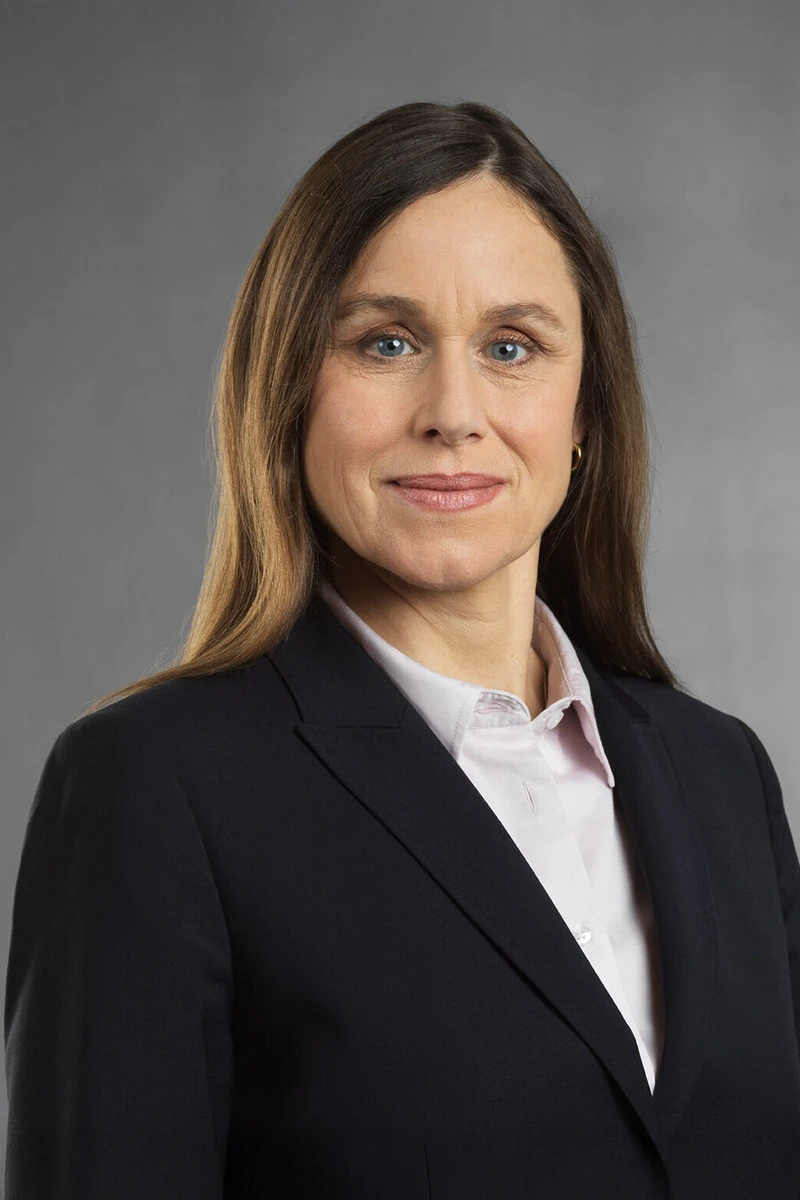Energy Law Quarterly - Local Electricity Community ("LEG")
Introduction
In the June 2025 edition of Energy Law Quarterly, we reported that, in order to promote and increase the efficient self-consumption of electricity generated by photovoltaic systems ("PV-systems"), a few minor amendments to the Swiss Energy Act (EnG) and Energy Ordinance (EnV) as of January 1, 2025, laid the legal basis for the virtual self-consumption community (vZEV) (in addition to the existing physical self-consumption community, or ZEV).
As of January 1, 2026, another legislative amendment in this direction will come into force. The formation of local electricity communities (LEG) is intended to further expand the possibility of consolidated self-consumption.
ZEV and vZEV
In a ZEV, several end consumers join forces to jointly consume the solar power that has been produced by themselves.
In contrast to a ZEV, a virtual self-consumption community (vZEV) uses the distribution network operator's (DSO) connection line to connect vZEV participants at the production’s site. This means that the DSO's lines can be used for a vZEV.
LEG
From January 1, 2026, another form of association will be permitted: local electricity communities. The LEGs are not based on the Energy Act, but on Articles 17d and 17e of the Electricity Supply Act (StromVG). The relevant implementing provisions are set out in Articles 19e to 19h of the Electricity Supply Ordinance (StromVV).
Participants in a LEG are end consumers, producers, and storage operators. Each participant may only participate in a LEG once; splitting the electricity production from the renewable energy plant would not be permitted, and a consumption site may only participate in one LEG. End consumers who have market access due to their consumption can also be participants and procure their remaining electricity requirements on the market. However, end consumers who are already on the free market cannot return to the basic supply system—not even by participating in a LEG.
In order to form a LEG, geographical proximity is also required. The following conditions apply to participants:
- same grid area and operation by the same DSO;
- same grid level (NE 5 or NE 7);
- voltage level above 36 kV, i.e., NE 4 is not used;
- equipped with an intelligent measuring system;
- significant power consumption of the production facility: 5% of the connected load of all participants;
- operating time: more than 500 hours/year;
- as a rule, maximum extension to the territory of a municipality.
Regarding the issue of local proximity in particular, parliamentary debates revealed that there was a perception that such communities could extend across entire neighbourhoods. However, a LEG does not have to stop at the boundaries of a neighbourhood. It is also legally permissible for an entire municipality to form a LEG, provided that all other requirements are met. Article 17d para. 3 StromVG limits the extent of this to a maximum of one municipal area. This reflects the legislative intent that multiple municipalities operated by the same regional distribution network operator cannot be merged.
Conversely, this absolute limit of local proximity to the boundary of a municipal area is unlikely to be effective in situations where, for example, topography and higher-level infrastructure (e.g., highways, railways) mean that participants are located close to each other but are separated by a municipal boundary. Provided that the same DSO is responsible and the other requirements are also met, the wording of the law should, where possible, be interpreted appropriately and in accordance with the presumed intention of the legislature.
Reduced grid usage tariff
LEG participants may sell electricity to each other and use the distribution network for this purpose. This is made available to them at a reduced network usage tariff. According to the Electricity Supply Act, the discount may not exceed 60% of the standard tariff. However, the Federal Council has been given the authority to set the discount on a sliding scale, with the discount being lower the more grid levels are involved.
The Federal Council has set the discount on the grid usage tariff at 40% (Art. 19h para. 1 StromVV). If a transformation between the participants is necessary, the discount is reduced to 20% for all LEG end consumers.
The billing modalities are further defined in the Electricity Supply Ordinance (StromVV). The corresponding branch recommendation “Local Electricity Communities (LEG)” from the Association of Swiss Electricity Companies (VSE) also shows how complex the billing situations will be. It is also clear that such billing would no longer be practicable without intelligent metering systems, or rather that it would only be possible through the use of smart metering.
An article by Marc Grüninger, Patrizia Lorenzi

